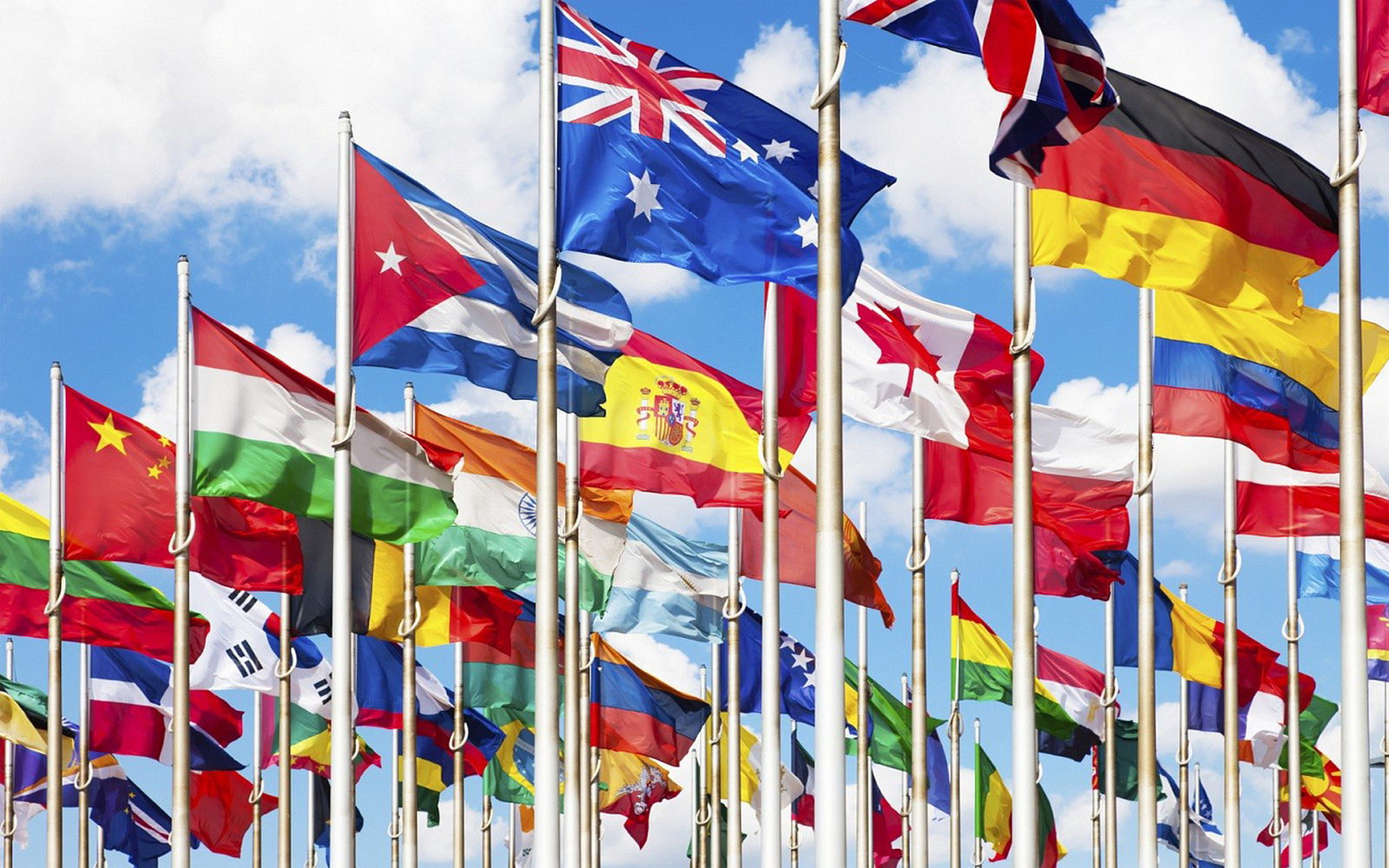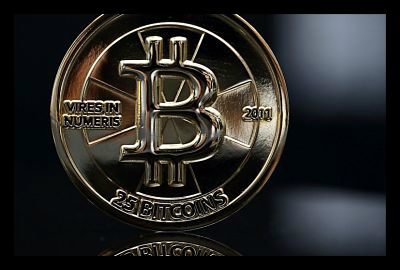
“We the Peoples of the United Nations determined to reaffirm faith in fundamental human rights, in the dignity and worth of the human person, in the equal rights of the men and women and of nations large and small,” the UN Charter.
Over 60 years ago an organization with a mission to bring peace to the world was born. Rightfully called the United Nations, this organization started with just a handful of nations, though now well over one hundred countries have signed up to accept the pledge of peace.
Here are some quick facts about the UN, present and past:
- 51 countries founded the UN in 1945.
- The UN’s mission is to maintain peace, security, develop friendly relations with other nations, promote social growth and advocate for human rights.
- New York City houses the UN’s headquarters. Three other main offices reside in Geneva, Nairobi and Vienna.
- The UN is comprised of six main sections: The General Assembly, The Security Council, The Economic and Social Council, the Secretariat and the United Nations Trustee Council.
- The original members of the UN were Russia, USA, France and the UK. These four along with the Republic of China hold five permanent seats on the Security Council.
- A few agencies established by the UN are the World Bank Group, the World Health Organization (WHO), The World Food Program, UNESCO and UNICEF.
- The current leaders of the UN are :
- Secretary General Ban Ki-Moon (South Korea)
- Deputy Secretary General Jan Eliasson (Sweden)
- General Assembly President John William Ashe (Antigua and Barbuda)
- Secretary Council President Gerald Araud (France)
- Each nation must sign the UN charter in order to join the United Nations. The Charter consists of two preambles and a series of articles.
- When war breaks out in a country, the UN sends peace keeping soldiers to help resolve the conflict. These soldiers are also called “Blue Helmets.”
- There are, currently, 183 member nations in the UN.
- The UN was initially established to prevent a repeat of World War II.
- The UN’s motto: It’s your world.
- Over 120,00 peacekeepers from the UN maintain civility on 4 continents.
– Amy Robinson
Sources: Wikipedia, Fun Trivia, United Nations, UNFPA
Photo: Flickr




